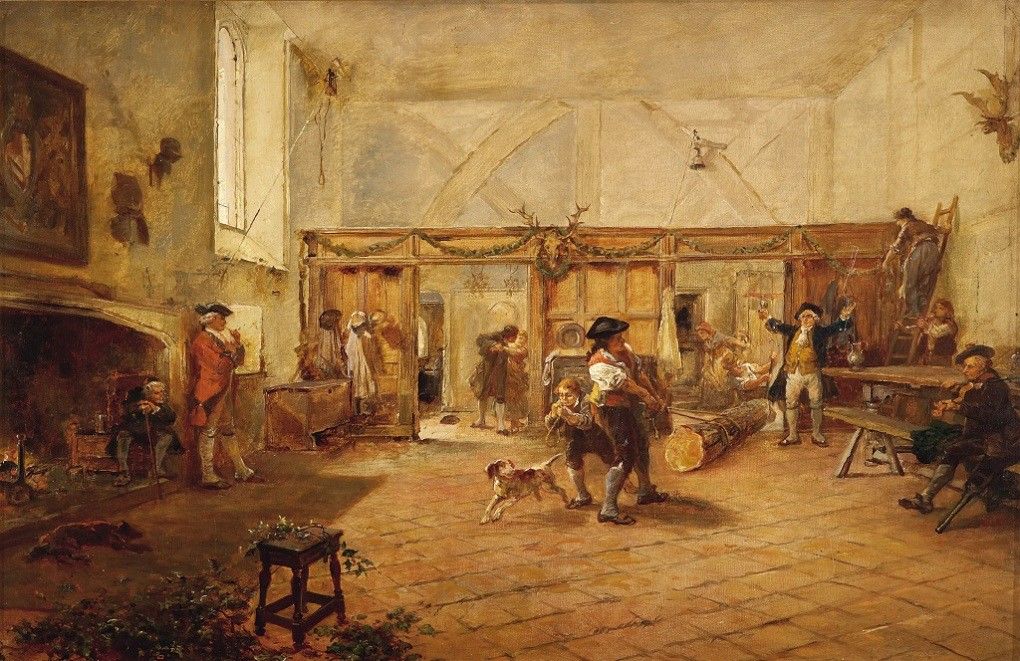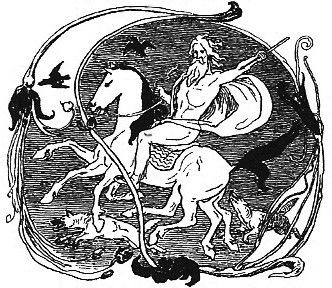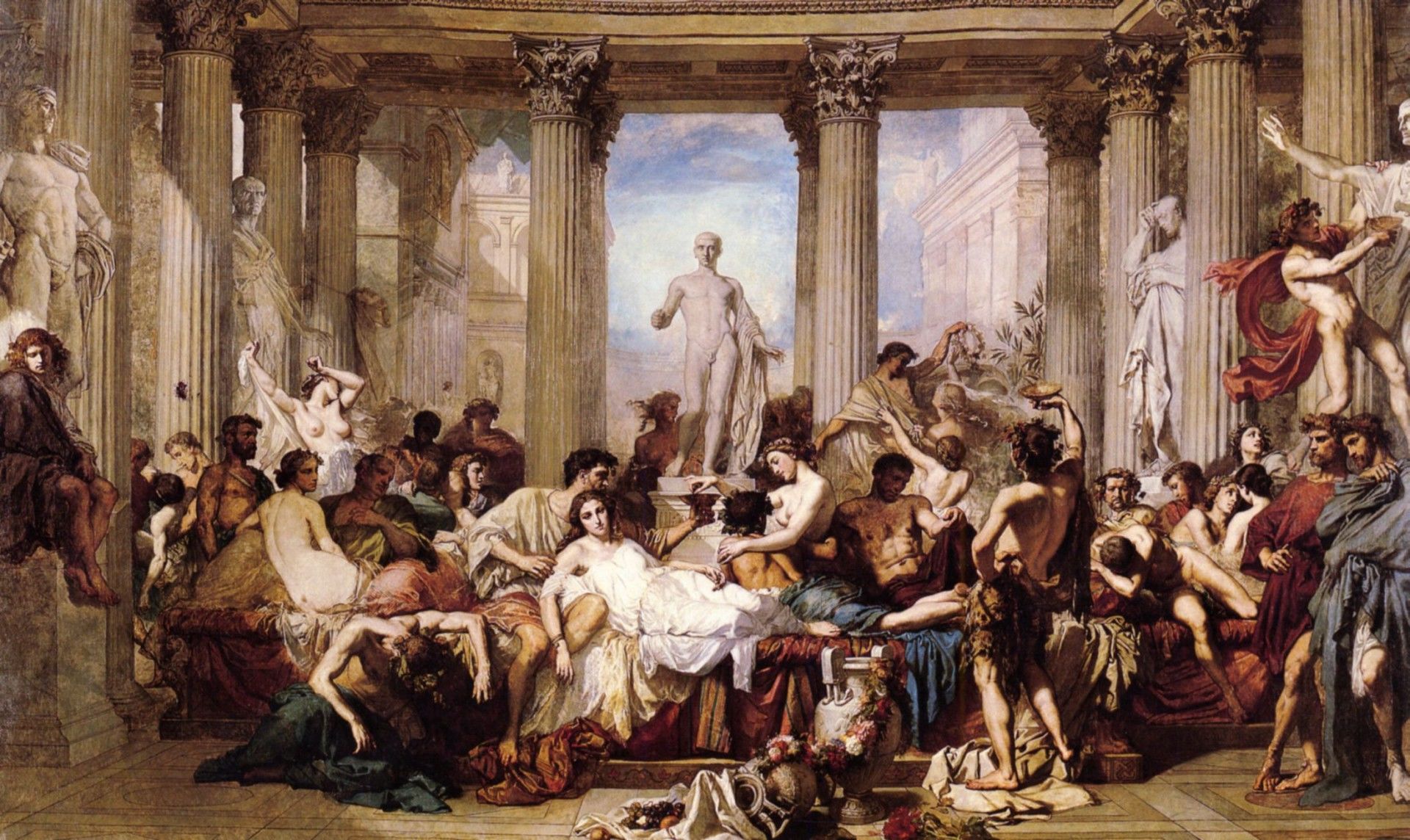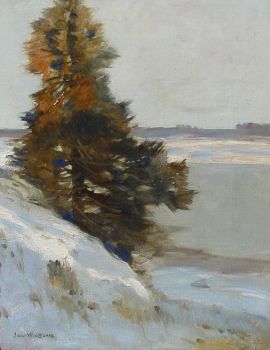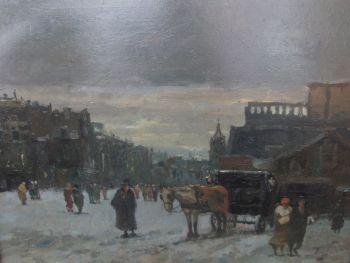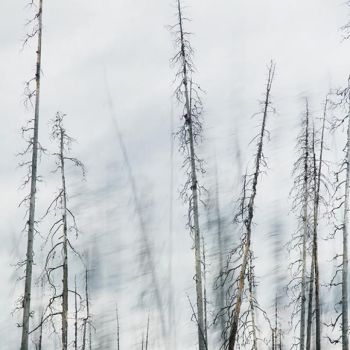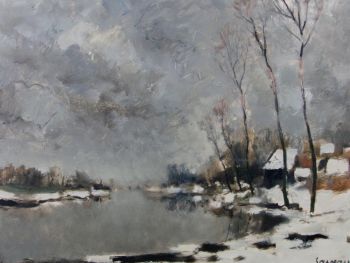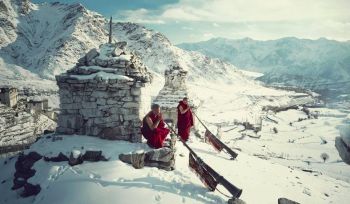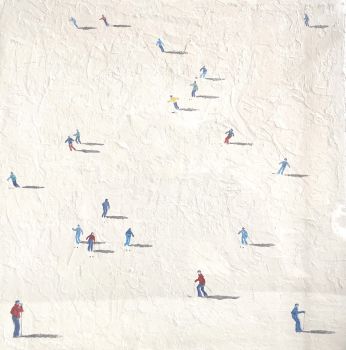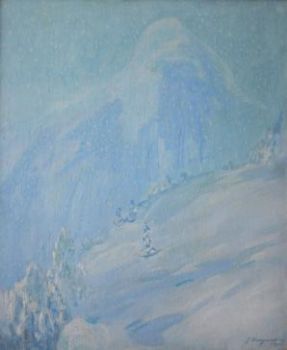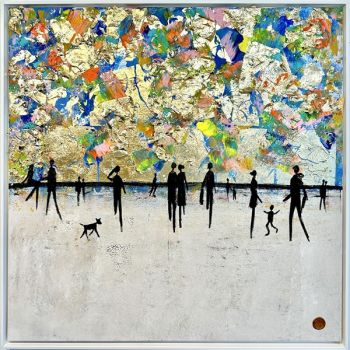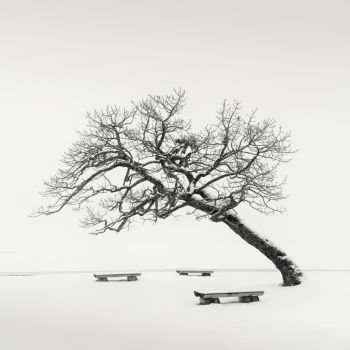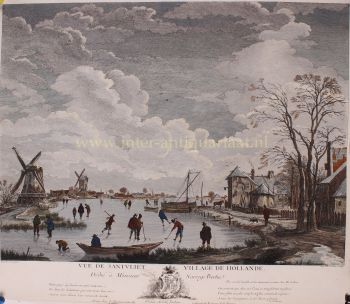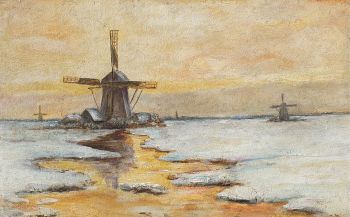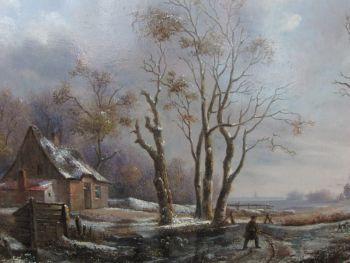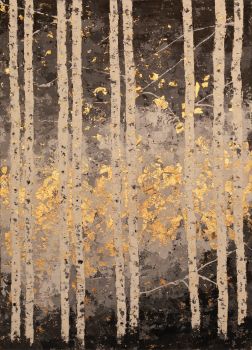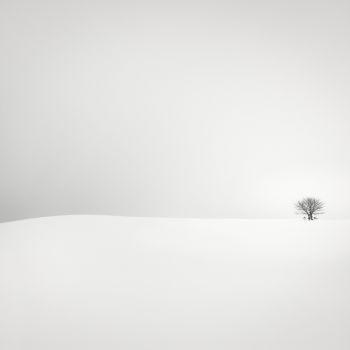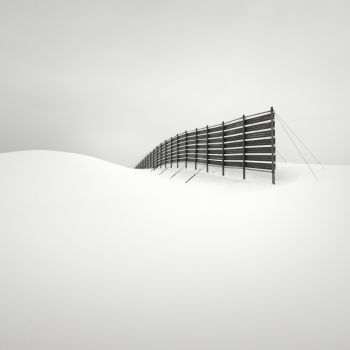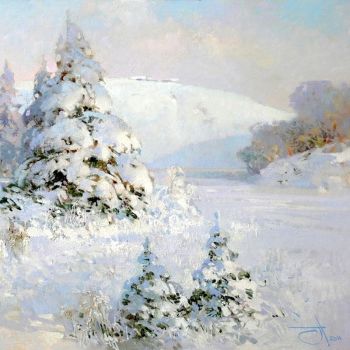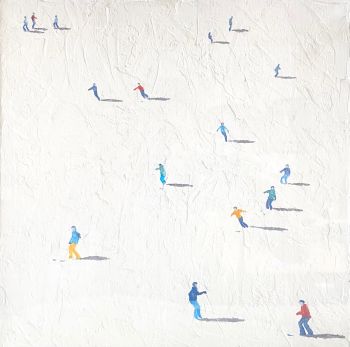Celebrating the Winter Solstice!
Today, on December 21st, the winter solstice takes place in the Northern Hemisphere. This marks the shortest day and the longest night of the year. Thankfully as of tomorrow, the days will begin to lengthen again and we can secretly start looking forward to springtime...
Different cultures have celebrated this astrological phenomenon for centuries, which we refer to as ‘midwinter festivals’. Even though customs and traditions varied, what all of these cultures have commonly celebrated is the return of the light after a dark period of time.
As hunters, ancient peoples were dependent upon the weather and seasonal changes affected them greatly. The sun held a very significant meaning for them, it was regarded as a ‘wheel’ that changed the seasons and brought new life to earth each year.
Robert Alexander Hillingford, Yule Log, 19th century, oil on canvas, Hever Castle, Kent.
The Swedish, Danish and Norwegian word for Christmas, ‘jul’, is therefore thought to be a derivative of the Old Norse word ‘houl’, meaning wheel. Other etymological explanations have also been suggested, such as the evolution of the Old English ‘géol’ into the word yellow, referring to the shining of the sun.
Yule
Yule or Yuletide is a midwinter festival that was originally celebrated by the Germanic and Scandinavians Pagans, dating back to the Iron Age. It took place around the winter solstice and lasted twelve days, with the shortest day being the most significant one. On this day fires were lit to mark the rebirth of the sun.
In some cultures, the mythological god Odin would also be honoured. It was believed that he flew through the sky on his horse during the longest night to deliver curses and blessings for the new year, being the wisest and most powerful God of them all.
Both of these customs have since evolved into modern day concepts. The lighting of the Yule log became a Christmastime tradition for many families. This is a popular Christmas card theme and has also been depicted in the visual arts, such as on the above painting by the 19th century British artist Robert Alexander Hillingford (1828-1904).
It shows a yule log being dragged into the dining hall of Hever Castle in Kent, the childhood home of Anne Boleyn. The family would then gather around the burning log and tell each other stories.
Lorenz Frølich, Odin riding Sleipnir, 1895.
Odin: Santa's predecessor?
The God Odin has been described and depicted as a long and white bearded and cloaked figure who rode through the skies on his grey horse Sleipnir, as can be seen on this illustration by the Danish artist Lorenz Frølich (1820-1908).
This description of course, bares an undeniably close resemblance to the Dutch and Belgian character of Sinterklaas or Saint Nicholas, who Santa Clause was later derived from. Folklorists therefore believe that Odin at least inspired the concept of Santa Clause, riding through the skies on his reindeer to spread joy and bringing gifts.
Saturnalia
The ancient Romans would also hold celebrations at midwinter, albeit slightly different to their Northern counterparts. The festival of Saturnalia similarly took place around the winter solstice, beginning on the 17th of December and lasting through to the 23th of December.
After having sown the seeds for crops to be harvested in the new year, the Romans took to honouring Saturn in hopes of a good harvest. Saturn was, amongst many other things, the god of agriculture. Honouring him meant making sacrifices at the temple and worshipping his statue.
Afterwards, as we would expect from the Romans, the feasting could begin. Such a feast has been depicted in the painting below by the French artist Thomas Couture. Lavish banquets were held during which the strict social order was temporarily abandoned; masters even served their slaves.
People cheerfully greeted each other in the street with ‘Io Saturnalia’ and brought each other gifts such as white candles, called cerei, to celebrate the return of the light.
Thomas Couture (1815-1879), Romans during the Decadence, 1847, oil on canvas, 427 x 722 cm, Musée d’Orsay, Paris.
Once Christianity took over the Roman Empire under the reign of the emperor Constantine the Great, the meaning of Saturnalia was transformed into celebrating the birth of Jesus Christ. However, customs such as the banquet and the exchanging of gifts remained and are still enjoyed by us today.
For more artworks available at Gallerease have lookt at the following subjects: Roman, Christianity and Winter
Gallerease would like to hereby wish everyone happy holidays, whichever version you choose to celebrate!


